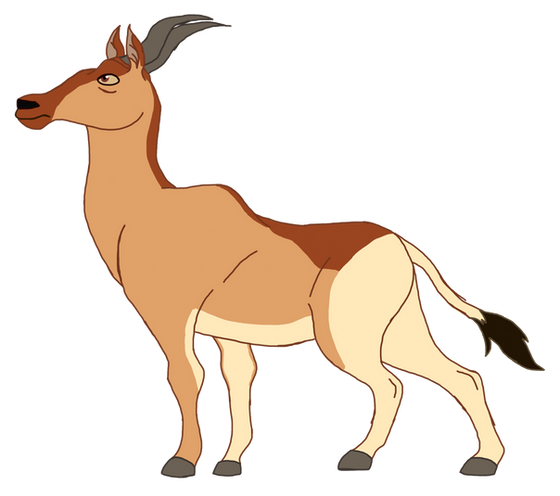HOME | DD
 Patchi1995 — Dromedary Camels
Patchi1995 — Dromedary Camels

#camel #dromedary #patchi1995 #ingitiszoan
Published: 2016-10-03 15:47:20 +0000 UTC; Views: 3540; Favourites: 25; Downloads: 21
Redirect to original
Description
Common Name: Dromedary CamelCommon Name Synonyms: Dromedary, Arabian Camel
Scientific Name: Camelus dromedarius
Size: 175-210cm tall in the shoulders without the hump. Males are 10% larger than females. 350cm in average head-body length
Classification: Artiodactyl Ungulate
Habitat: Deserts, Savanna
Diet: Omnivorous; A diet consisted of grass, cactuses, wildflowers, shrubs, carrion
Description: One of the most iconic animals of the Middle East, the dromedary. The dromedary is more often than not, the famous species of Camelus, thanks to its long legs, long neck, two of each toes, had one hump(Bactrian camels have two humps, while Llamas don't have humps), and that they lived in the deserts, and in places anything hotter in the weather. One of the ungulates with long necks and long legs might confused with the giraffe. Wild dromedaries lived in herds of 24 camels, lead by an alpha male. Our most popular fact, that camels survived in their desert habitat within tolerations greater 30% water content in the body. Their humps might be used as fat. Not only that, they have long double-layered eyelashes and bushy eyelashes. People had domesticated the dromedaries for a long time ago, which makes them popular! For example, that the dromedary is one of the beasts of burden of the Bible, along with the donkey, horse, goat, and sheep, not only that this camel is one of the beasts of burden in the Arabian Nights. The way that they have long legs, long necks, large eyelashes, and able to live in arid places, the dromedary is the "Ostrich of the Mammals." You did not know, that camels have sharp canines, used for tearing clothing apart, and for scavenging on carrion. And that people would like to try the camel milk, because this animal's milk has these quantities of sodium, potassium, zinc, iron, copper, manganese, niacin, and vitamin C were higher than the amounts of cow milk, but however, levels of thiamin, riboflavin, folacin, vitamin B, panthothenic acid, vitamin A, lysine, tryptophan are lower than some amounts from cow milk. More closely related to llamas, the camels weapons are not only their teeth and jaws, but their spit full of saliva. Isn't it impossible, that these camels have those predators, like lions, tigers, and wolves?
Art (C) Shawn Brunner ,aka Patchi1995



























